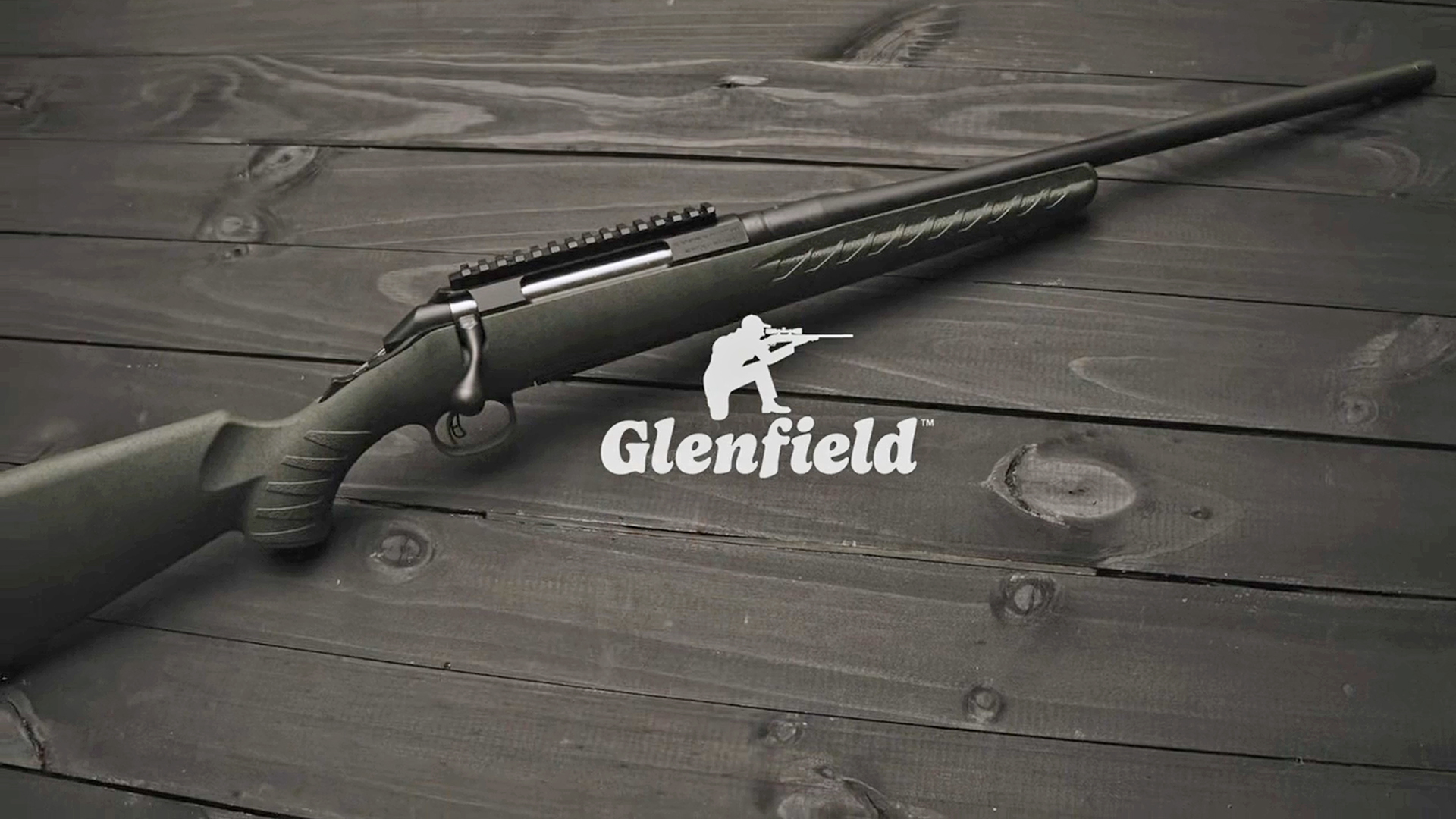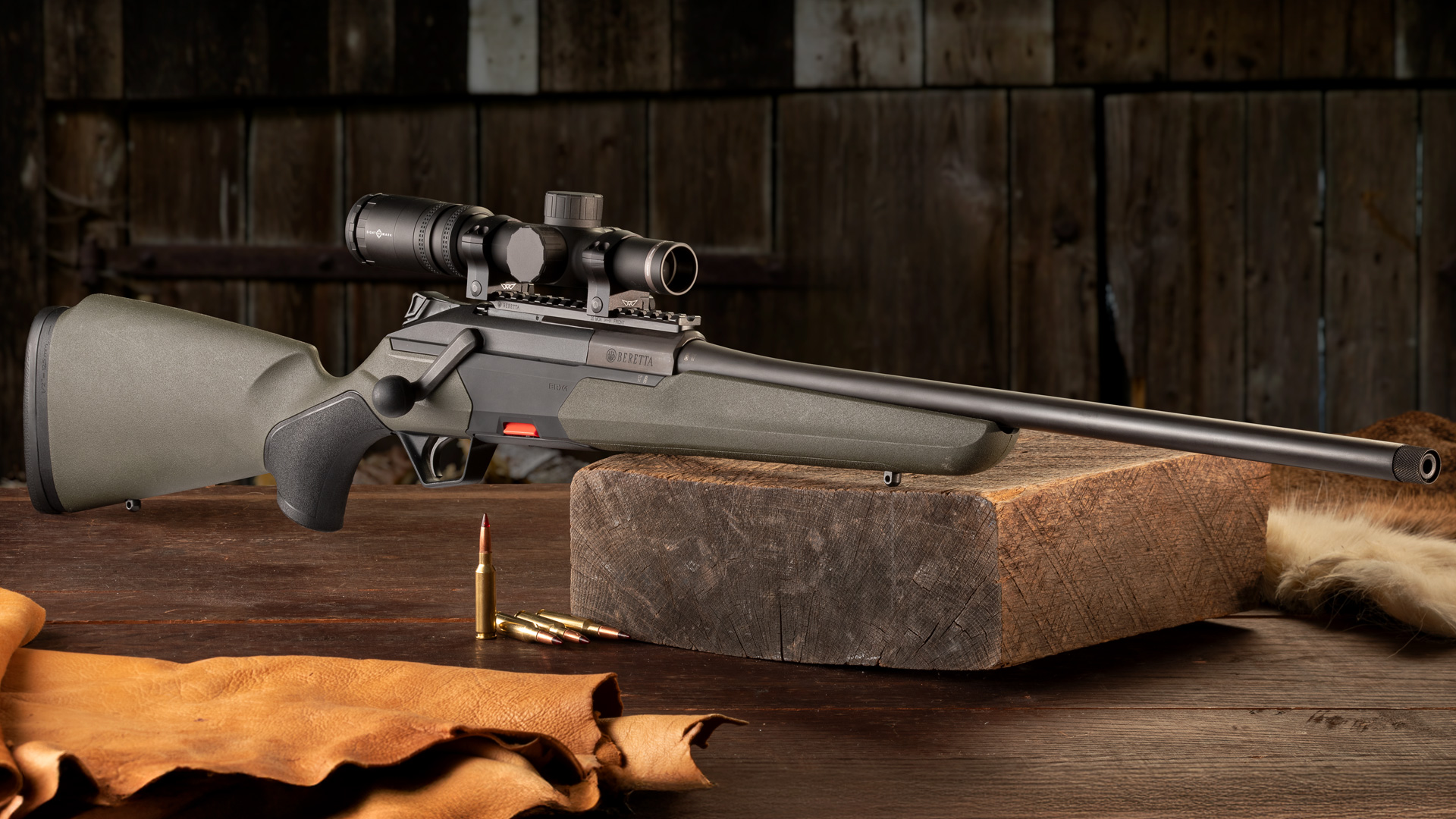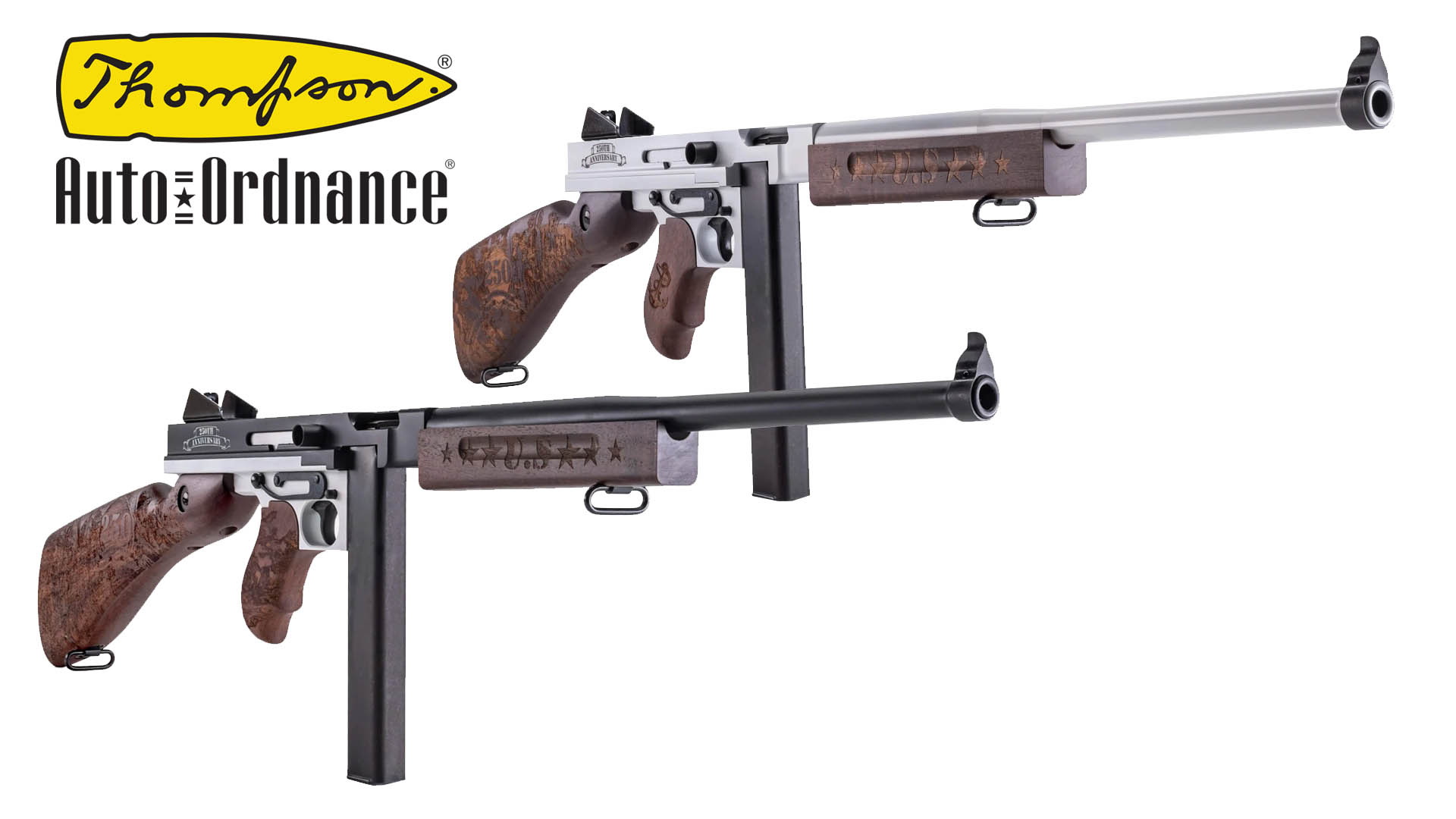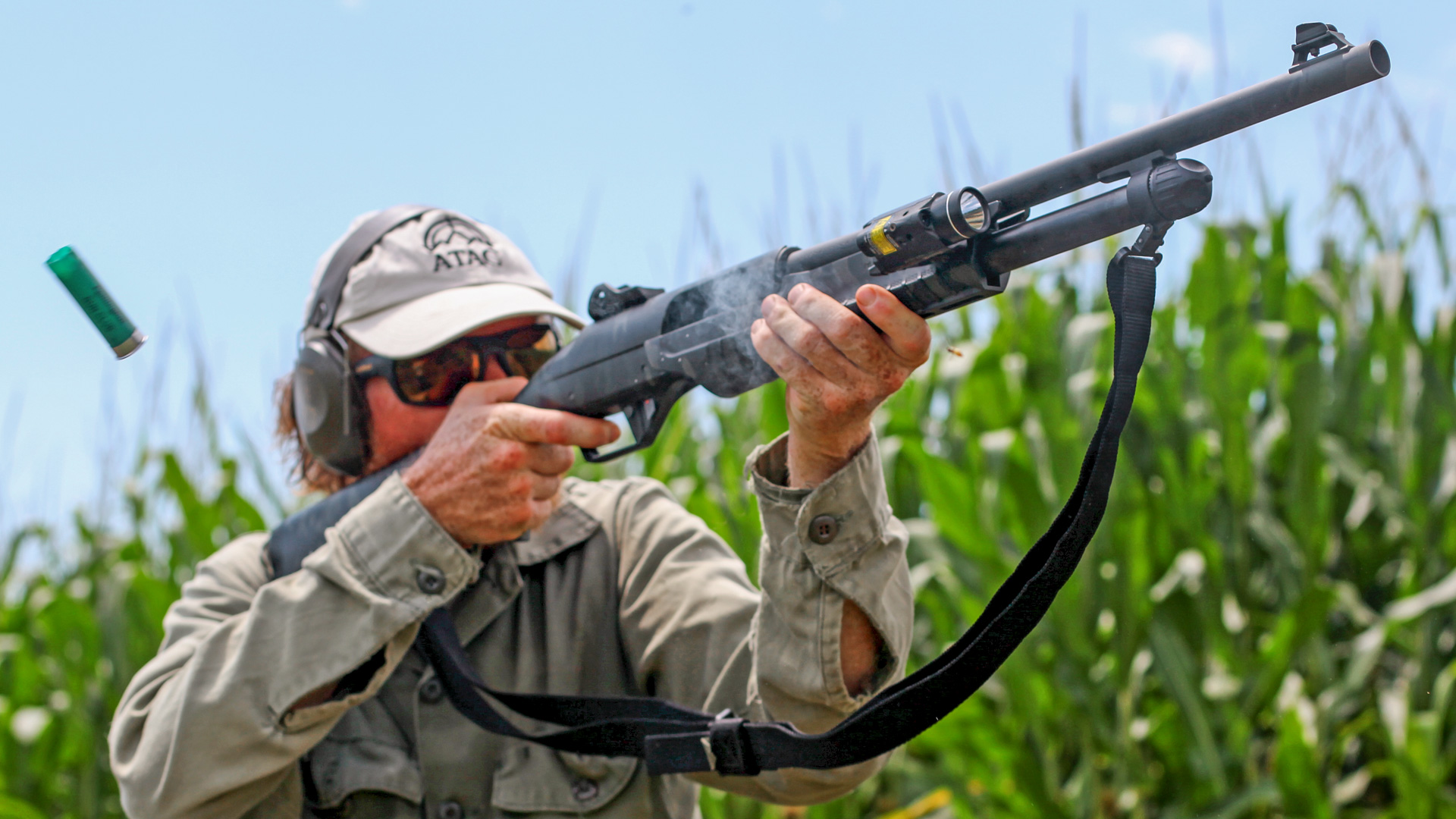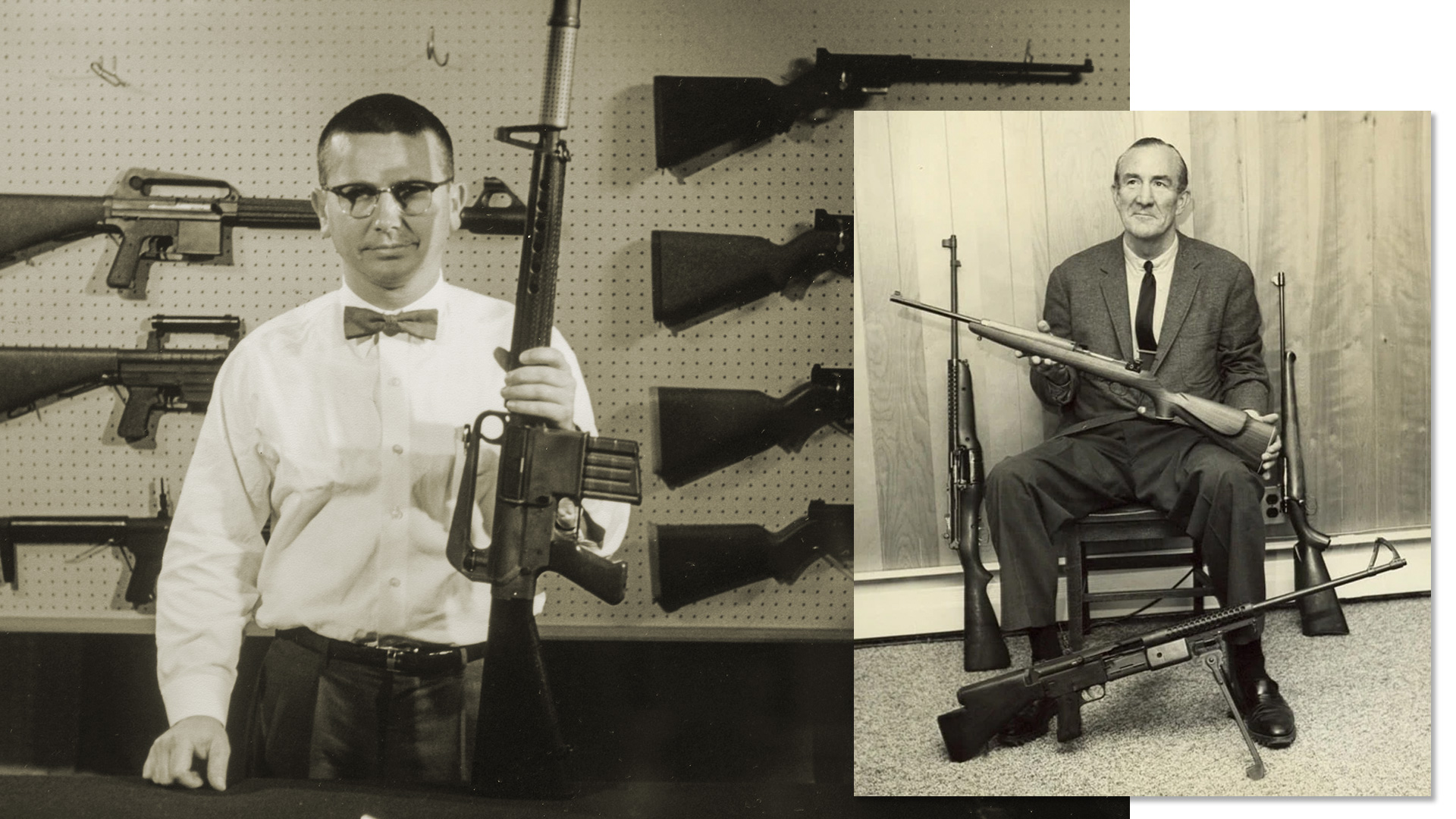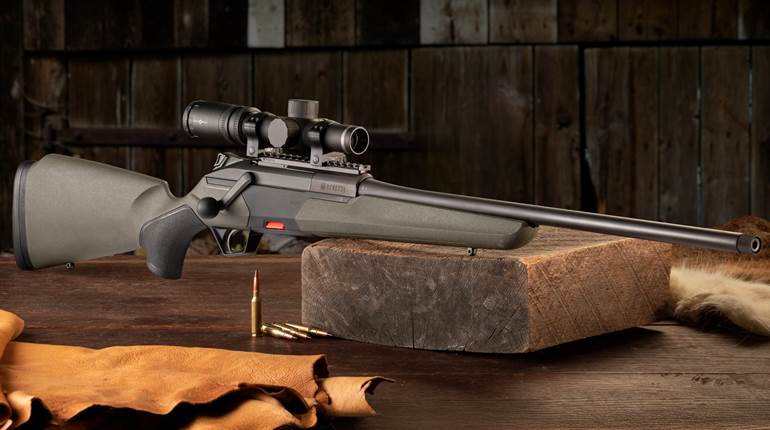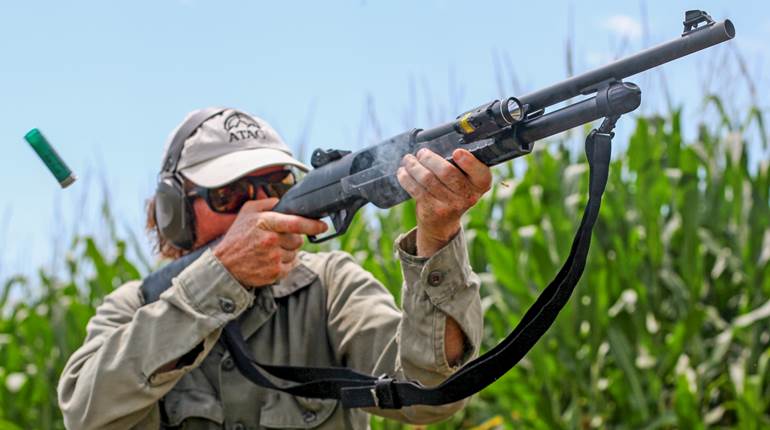
The NRA is well-known for its efforts in protecting the individual Right to Keep and Bear Arms, but its achievements in helping to train and prepare those to whom we’ve granted the power to enforce the law are relatively unknown to the public at large. This is puzzling because, even though the NRA Law Enforcement Division (LED) has now trained firearm instructors for 50 years, NRA as a whole has ties with the law enforcement community that go back to 1916, and perhaps even further. The NRA has long recognized the importance of bolstering the strength of our common self-defense through training programs and lobbying, and for decades has been one of the primary forces in helping those who help protect us.
Police and other common forces have but one purpose in a free and just society, as expressed by Frédérich Bastiat, political economist and member of the French assembly, in his 1850 work The Law: “to do only what the individual forces have a natural and lawful right to do: to protect persons, liberties, and properties; to maintain the right of each, and to cause justice to reign over all.” The Founding Fathers knew this, and as the times changed with advanced technology and its use by today’s vilest criminals and terrorists, Americans recognized a need to create additional lines of defense to further protect themselves from society’s worst.
Troops in all branches take oaths reflecting this purpose, and police officers often adopt a code of ethics that further resonates with Bastiat’s words on our “common force”:
“As a Law Enforcement Officer, my fundamental duty is to serve mankind; to safeguard lives and property; to protect the innocent against deception, the weak against oppression or intimidation, and the peaceful against violence or disorder; and to respect the Constitutional rights of all persons to liberty, equality and justice.”
No simple task by any means.
With this year marking the 50th anniversary of the NRA’s LED, it’s time to take a look at the division’s history and honor its contributions to the military, the law-enforcement community, and everyday citizens who’ve benefited from its tireless efforts to strengthen public safety.
The Early Years
Staff writer Frank J. Kahrs outlined a basic firearm training program for law enforcement officers in an article published in the November 1916 issue of Arms and the Man, the predecessor to The American Rifleman. Less than a decade later the NRA established a police qualification program, and teams from around the country were going to Camp Perry, Ohio, to test their skills against some of the best marksmen of the day.
Police departments were invited to send officers to Camp Perry for training as early as 1920, and the NRA first invited police chiefs from around the country to send teams to compete in the National Matches in 1924. The NRA, in close conjunction with the National Board for the Promotion of Rifle Practice (NBPRP), overseer of the Civilian Marksmanship Program (CMP), established at Camp Perry the Special Police School in 1926 under the Small Arms Firing School, which included a tactical course called “Hogan’s Alley.” It consisted of makeshift buildings with reappearing silhouettes to simulate urban shoot-outs. Although elementary compared to today’s advanced tactical courses, Hogan’s Alley and other programs were leaps forward in the quickly evolving world of police firearm training—and not without good reason. The Roaring ’20s brought with it the bootleggers and, soon after, the likes of John Dillinger and Bonnie and Clyde, who demonstrated a shift in tools and tactics hardened criminals were using in pursuit of the dishonest dollar: use more guns, use bigger guns, and shoot anyone who gets in the way.
A Police Section was created at the NRA’s Washington, D.C., headquarters in 1930 in response to law enforcement’s growing presence at the National Matches. In 1927, 2,000 policemen from around the country enrolled in a new qualification program; the NRA mailed targets to competitors who, with three witnesses, returned their targets to the headquarters for rankings as marksmen, sharpshooters or experts.
Despite lack of funding in the early years of the Depression, NRA-sponsored police training and qualification helped the Los Angeles Police Dept. pistol team become the first law enforcement squad to win the National Pistol Trophy Team Match in 1936, seizing the title from the once-dominant National Guard pistol teams. Funding returned, and although it appeared that NRA police qualification, training and competition might be on the rise in the United States, confronting the war machines of Imperialist Japan and Nazi Germany required a diversion of firearm materials and training directly into the war effort. The Police School folded. Police and civilian competition came to a grinding halt after Japan’s bombing of Pearl Harbor, and during World War II the NRA focused primarily on helping to train the military and on training civilians through the Office of Civilian Defense.
The Rise Of NRA LED
The National Rifle and Pistol Matches returned to Camp Perry in 1953, but it wasn’t until 1956 that the Police School was resurrected to strengthen the training of a new generation of law enforcement. The NRA went a step further in 1960 by creating an entirely new program for NRA Police Firearms Instructor certifications. This was the birth of the NRA’s modern Law Enforcement Division, and the objective was simple: Train law enforcement instructors to NRA standards, and then return them to their respective departments to train individual officers; sanction at-home training and qualification courses that meet NRA standards; and encourage LE teams to compete in the National Matches.
Since 1960, the predominate focus of the NRA’s law enforcement activities has been training instructors. As an extension of its Firearm Instructor training program, the NRA organized the first National Police Pistol Championships in 1962, today known as the National Police Shooting Championships (NPSC). The championships have been held in Indiana, Mississippi, Iowa, and are today held in Albuquerque, N.M.
Organized primarily as an individual and team accuracy-based competition, the Police Pistol Championships soon came to include the Police Pistol Combat (PPC) competition, still in existence today. Competitors shot at targets from 7 to 50 yards away with .38 Spl. or .357 Mag. revolvers in a variety of shooting positions. The first year saw 140 officers and 20 teams competing, and by 1969 there was a shotgun match consisting of skeet, trap and B-27 silhouette paper targets. By 1978 some 900 officers were competing—and that was just in the National Championships. The year 1981 saw 310 registered, approved, and Regional Championship tournaments with 11,425 total competitors.
By 1968 there were 3,138 active Police Firearms Instructors who trained 56,767 officers. These included officers from small-town departments, from the Border Patrol and even White House Security. An article published in American Rifleman in the mid-1960s outlined three basic police training objectives of the times: to identify targets and engage quickly in a variety of positions; to gain positive identification of one’s target before engagement and ensure civilian safety; and to develop a desire in policemen to shoot properly and accurately to encourage recreational practice. Teaching those objectives 40 years ago was as valuable then as it is today. But as law enforcement evolved from Smith & Wesson Model 10 revolvers and over-starched duty shirts to the Wonder Nine semi-automatics and Kevlar ballistic vests, so too did the nature of police instructor training at the NRA.
Recognize, Adapt, Overcome
In 1965 the first modern so-called “urban riot” shook the law-enforcement community to its roots. California Highway Patrolman Lee Minikus pulled over and arrested a belligerent and intoxicated driver in the South Central Los Angeles Watts neighborhood, sparking a six-day riot of burning, looting, beatings and general mayhem. Mobs targeted liquor stores and pawn shops, throwing Molotov cocktails and shooting at firemen and police. Law-enforcement personnel were overwhelmed, and only by calling in some 14,000 National Guardsmen was the situation brought under control. Other social upheaval during the 1960s and 1970s, in addition to the influx of inner-city gangs, drugs and violence, pushed law enforcement’s call for more advanced tactics and training up through the 1980s.
In 1979 the NRA consolidated the various law enforcement-related programs into the NRA Police Activities Division, today known as the Law Enforcement Division. The ultimate goal was essentially the same as before: train instructors and promote competitions for qualified law enforcement personnel as an extension of training. Provide law enforcement the tools needed to win armed confrontations. By this time NRA-certified instructors had collectively trained more than a million law-enforcement officers, and LED continued to grow.
As an expansion of its 1978 Gunsmithing Schools, the NRA offered a new Law Enforcement Armorers School to assigned department armorers in 1979. The classes covered the assembly, disassembly and repair of Colt, Ruger, and Smith & Wesson revolvers, as well as Ithaca, Remington and Winchester pump shotguns. The semi-automatics hadn’t quite taken the law-enforcement community by storm then, but by 1987 LED was hosting seminars on Beretta, Glock, Heckler & Koch, SIG Arms and Smith & Wesson pistols to aid the transition from wheelguns to autoloaders in 9 mm Luger. Today NRA hosts tuition-free armorer schools at its headquarters in Fairfax, Va.
Firearm Instructor Development Schools were also adapting. Training had been available to private security instructors as early as 1967, but the NRA created a new Security Firearms Program in 1976 to address particular training, materials and instruction most relevant to private security needs. The new Rifle Instructor School helped swell the ranks of active NRA instructors to 10,208 by 1986. The following year, the Long Range Rifle Instructor program was created to address law enforcement’s trend toward incorporating snipers into its departments.
A new Submachine Gun School was conducted in 1987 to accommodate the growing popularity of H&K’s MP5 for tactical applications. Recognizing the need for advanced training to subdue violent criminals and minimize police casualties, the law enforcement community was overcoming its prior shortcomings, and the NRA LED was right there to help provide officers with the tools needed to effectively get the job done.
From The 1990s To Today
As the training and competition programs continued to flourish, LED started expanding benefits and recognition of individual law enforcement officers. As Glen Hoyer, director of LED summarized, “Although we are still very focused on what we were founded on—training and competition—we’ve branched out into other areas, such as tuition-free armorer schools and information seminars to help law enforcement officers and agencies. We will continue to look at new opportunities to help our fellow law enforcement and military personnel.”
Any NRA member and public law enforcement officer killed in the line of duty receives a $25,000 life insurance benefit, in addition to his dependents being eligible for college tuition scholarships. Millions of dollars have gone to the grieving families of some of the country’s most courageous officers. Dependents of retired and active police who are NRA members are also eligible for tuition assistance.
In 1993, NRA began recognizing an Officer of the Year who exhibits “exceptional valor, public service, and dedication to the principles of our Constitutional heritage.” And the award is not given lightly.
The 2005 Officer of the Year was awarded to NRA member and Officer James D. Niggemeyer of the Columbus, Ohio, Division of Police. On Dec. 8, 2004, a band was playing at a nightclub in Columbus when an armed and obsessed paranoid schizophrenic stormed the stage and began opening fire. Panicked nightclub patrons flooded the police switchboard with reports of an armed madman unloading round after round into musicians, employees and fans. Niggemeyer was patrolling nearby and entered a back door within three minutes of the first call. He maneuvered to the stage to get a clear view of the attacker, only to find the lunatic 20 feet away with a hostage in a headlock, pressing a handgun to the man’s temple. With no other option, Niggemeyer waited for his moment of opportunity, and in a professional display of precision, shot the man in the face with a 12-gauge Remington 870. At his death, the assailant still had 35 rounds of ammunition.
Today LED has trained more than 50,000 instructors, with about 2,000 new instructors trained each year as the program continues to expand. With such a multitude of applicants, instructor classes are dispersed throughout the country and are held on a regular basis. Classes today include Handgun, Handgun/Shotgun, Tactical Shooting (pistol/long gun), Tactical Shotgun, Patrol Rifle, Select-Fire, and Precision (Scoped) Rifle Instructor.
LED maintains one of only a few nationally recognized firearm training classes as confirmed by a number of court decisions. Some states, such as Pennsylvania, have officially recognized the NRA as an acceptable standard, as have the military and agencies such as the Nuclear Regulatory Commission.
NRA’s LED has been to Afghanistan, Japan and other countries to help train our military. In fact, just before the invasion of Afghanistan in 2001, a major in the Marine Corps came to LED to train his troops because he knew that today’s wars are different from past wars. Nowadays, our troops are heavily involved in urban warfare and must focus more on protecting the innocent as well as eliminating the enemy, just as our police officers do on a daily basis here in the United States—and the major knew that LED has been hosting this type of training for a long time. “Who better to train us than the NRA?” he asked.
A few years ago LED added a new breed of competitions to its standard PPC. The Tactical Police Competition (TPC) is essentially a 3-gun-type match consisting of pistol, rifle and shotgun shooting in timed events. Competitors often transition from one gun to another, depending on the nature of the course. The events are divided into skill-based and scenario-based courses, with the former focusing on officers’ “abilities in handling, accuracy and overall proficiency with a given firearm system under set conditions.” Scenario-based courses are hypothetical law-enforcement encounters in which officers must use their own tactics and skills to resolve situations. TPC is open to law enforcement officers, members of the U.S. military and private-sector law enforcement officers.
The Eddie Eagle program was recently incorporated into LED as well, and today has reached more than 23 million children, teaching them how to safely react if they come across a firearm. “Stop, Don’t Touch, Leave the Area, Tell an Adult” has been ingrained into the minds of children all across the country.
Preserving and bettering the American way of life for future generations is one of society’s highest duties. Protecting their right to life, liberty and property as our Founding Fathers envisioned depends on remaining vigilant and prepared today. With a half-century under its belt and millions of the finest military and law enforcement personnel continually benefiting from its training and services, it appears the NRA Law Enforcement Division will continue to lead the country as one of the premier law enforcement firearm training organizations for generations to come.
For more information on instructor development courses, competitions, Eddie Eagle, law enforcement benefits and other related information, visit http://www.nrahq.org/law/ or call (703) 267-1640.

















